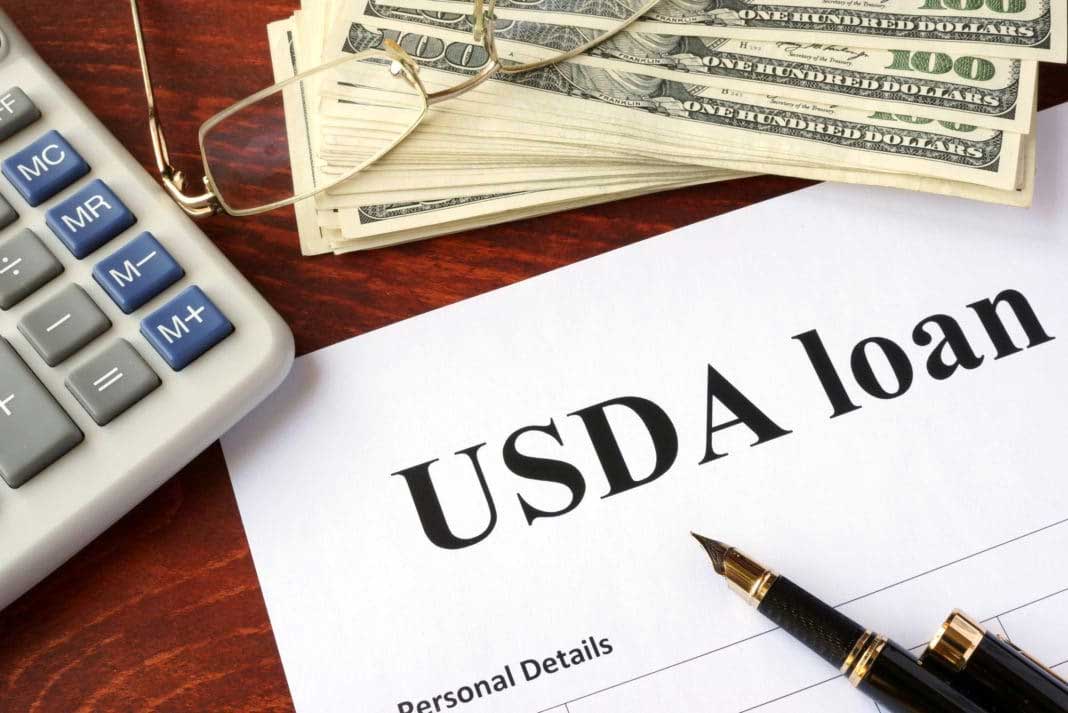Many Americans hope to have a house of their own but do not have the means to do so. It’s to this end that the U.S Department of Agriculture created USDA loans to help low- and medium-income earners become house owners by offering them loans with low-interest rates and no money down.
With other types of mortgages, applicants are required to make down payments, pay for insurance, and other fees, and as many are not able to meet up with this huge financial demand, they are often stuck in rental units throughout their lifetime. But not anymore, USDA loans are here to the rescue.
USDA Loan: Definition of Term
USDA Loan program is a program offered by the United States Department of Agriculture with a grand plan to stimulate economic development in rural areas. In summary, it offers lenient loan terms to rural dwellers, thereby enabling them to acquire homes of theirs.
It is usually handled by third-party lenders who are also backed by the USDA. Therefore, applicants contact an accredited lender. However, the applicant and the house to be acquired will have to go through some check; this is to ensure that the requirements are met.
USDA loan program offers 100% financial assistance to people in terms of low-interest rate and no down payment required; while an upfront payment is required to be paid, this is usually added to the loan balance. Also, the credit score is more lenient than all the others on the market, as people with weak credit scores can still apply, although this will attract a higher interest rate.
How to Get the Best Interest Rate
Just like all the other mortgages on the market, the USDA loan program is also no different. However, the following USDA home loan qualifications will help you get the best USDA loan rates. This include:
1. Set Your Preferences
Before going further into the USDA loan program, it’s best to determine what your preferences are. Take a look at the loan options available and choose the one most suitable for you, one that is easy to repay.
2. Be Familiar with the Fine Lines
There are several websites with basic information on the USDA loan program; however, this won’t suffice for an in-depth investigation. During your application for USDA loan, it’s ideal to visit the USDA official website; here, you will get all the information you need. It’s necessary to understand what you are about to venture into, especially because it’s a long term engagement.
Enquire about the eligibility, timelines, needed documents, repayment processes, and other relevant questions. If you decide to opt for the USDA loan program, your income and credit score will need to match. Your income will be compared with your region’s median rate; hence its important to know the amount. If you do not meet the requirements, it will be best to seek alternative loan options.
3. Study your Credit Score
It’s important to note that while USDA loan programs are subsidized, this does not automatically transcend to low rates; you will still need to go through the loan application and approval process. As such, your credit score must be up to an acceptable amount as this determines the interest rate that will be given to you.
Credit reports are usually checked and analyzed by lenders to ensure the credit score is in order; if it’s low, perhaps you may want to sort things out with a broker who can help straighten out any discrepancies that may be derailing your score. If you have a backlog of debts, it’s best to clear them before the application date to get the lowest rates for USDA loans which in turn will help you save a lot of money.
4. Maintain your Job
USDA loan program is meant for a particular set of people; hence, your income record and employment history will be analyzed before your loan can be approved. If you want to qualify for this loan, you will need to maintain your job. Changing jobs frequently can alter and affect the whole process causing a delay. A minimum of two years of stable job history will ensure your loan gets approved faster.
5. Get some Money
The USDA loan program is designed to be as seamless and lenient as possible. Thus, most of the money you paid upfront is added to your balance. However, if you can pay, do so as this will reduce the loan to be repaid.
You will also need cash to pay for inspections, loan appraisals, credit reports, and other miscellaneous costs. Therefore, it’s good to have money at hand for this purpose.
Conclusion
The USDA loan guidelines necessary for the USDA loan program have all been discussed in this article. Now that USDA mortgage requirements have been simplified, you owe it to yourself and your family to purchase a home of your own; posterity will remember you for this bold step.







